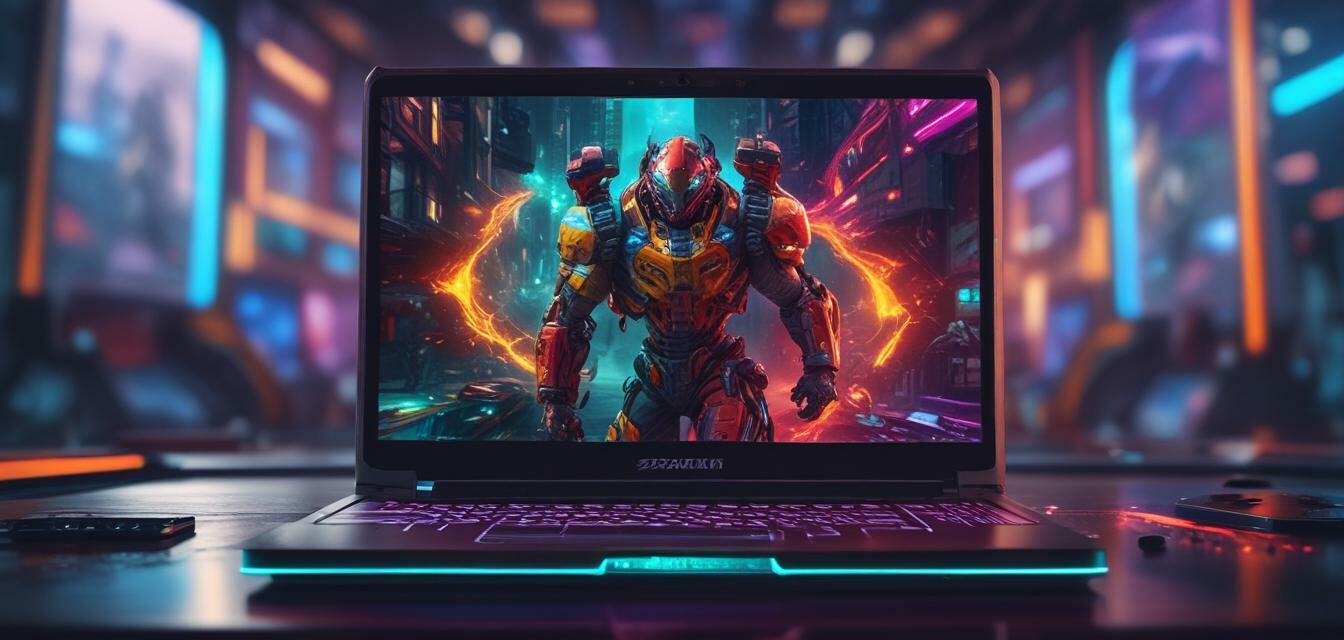
Boosting Your Gaming Laptop’s Performance
Key Takeaways
- Optimize system settings for better performance.
- Regularly clean and update your laptop hardware and software.
- Use gaming mode settings when available.
- Consider cooling solutions for sustained performance.
- Monitor system resources to identify performance bottlenecks.
Gaming laptops are built to handle high-intensity games, but sometimes, you need to tweak a few settings to really boost their performance. In this article, we’ll cover some of the most effective tips and tricks to help you optimize your gaming laptop for a smooth gaming experience. You don’t have to be an expert; these tips are straightforward and designed for gamers of all skill levels.
Understanding Your Gaming Laptop
Before diving into optimization, it's essential to understand the components that contribute to the performance of your gaming laptop. Here's a quick overview of the critical components:
| Component | Role in Gaming Performance |
|---|---|
| Processor (CPU) | Handles game logic and processing tasks. |
| Graphics Card (GPU) | Responsible for rendering graphics and visuals. |
| RAM | Affects multitasking and game loading times. |
| Storage (SSD/HDD) | Impacts game load times and system boot speed. |
| Cooling System | Maintains optimal temperature to prevent throttling. |
Essential Tips for Boosting Performance
1. Adjust Graphics Settings
Sometimes, the settings that look the best aren't the best for performance. Here are ways to adjust:
- Lower the resolution from the native display setting.
- Turn off or reduce anti-aliasing.
- Disable V-Sync for improved frame rates.
- Experiment with different graphic presets (Low, Medium, High).
2. Keep Drivers Updated
Always ensure your graphics, audio, and other drivers are updated. Outdated drivers can significantly impact gaming performance. Here’s how:
- Visit the official website of your GPU manufacturer (NVIDIA or AMD).
- Download and install the latest drivers.
- Check for updates regularly.
3. Optimize Power Settings
Ensure your laptop is running in high-performance mode. Follow these steps:
- Go to the Control Panel.
- Select Power Options.
- Choose High Performance.
4. Clean Your Laptop Regularly
Dust can accumulate inside your laptop, leading to overheating and throttled performance. Here are some cleaning tips:
- Use compressed air to blow out dust from vents.
- Keep the exterior clean with a microfiber cloth.
- Consider opening it up for a deeper clean, if comfortable.
5. Use Cooling Pads
For laptops, maintaining optimal temperatures is key:
- Invest in a cooling pad to help dissipate heat.
- Ensure proper ventilation by using your laptop on a hard surface.
Monitoring Performance
To understand your laptop’s performance better, use monitoring software. This will allow you to identify bottlenecks during gaming sessions:
- MSI Afterburner: Excellent for monitoring GPU performance and tweaking settings.
- HWMonitor: Gives an overview of the CPU and GPU temperature.
- FRAPS: Useful for measuring frame rates during gameplay.
Maximizing Storage Performance
The type of storage you use can also vary performance. Consider these tips:
- Upgrade to an SSD for faster load times.
- Use external drives to store less often played games.
- Regularly check for disk errors and defragment if necessary (HDD only).
Conclusion
With the above tips, you should notice a significant improvement in your gaming laptop's performance. Remember that optimizing settings and taking care of your hardware goes a long way in ensuring a smooth gaming experience. For additional tips on maintaining your device’s performance, explore our other resources in the Expert Tips category.
Pros
- Enhances gaming experience by increasing performance.
- Involves simple adjustments and cleaning routines.
- Can prolong the lifespan of your gaming laptop.
Cons
- Time-consuming if neglected over time.
- Improper cleaning can damage hardware.
- Some hardware upgrades may be costly.